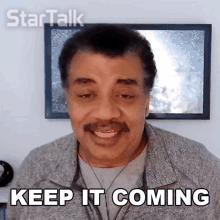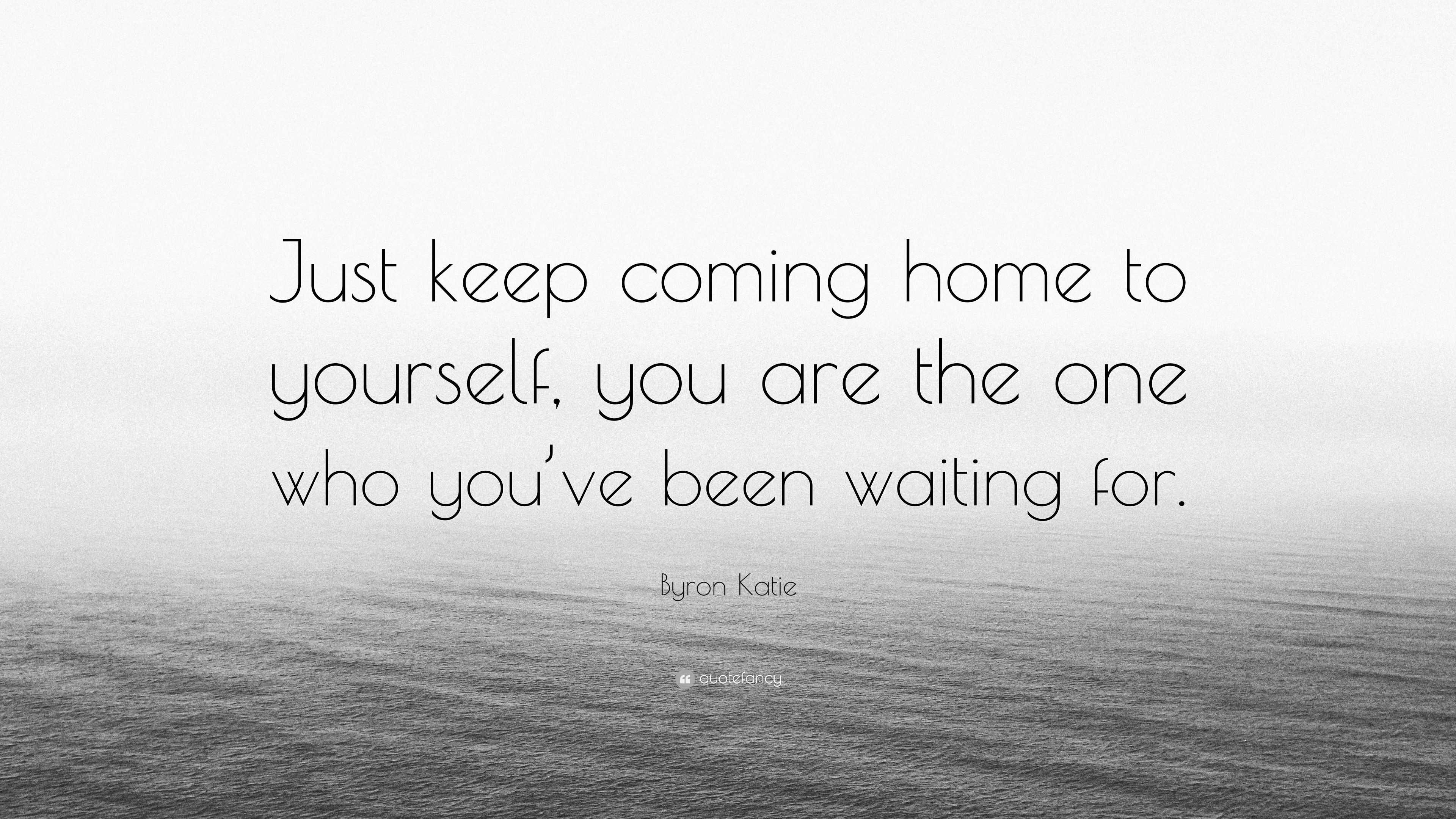

Unless, of course, Congress makes this change more permanent. Of course, there are only 2 more checks coming this year. ( This correlates when a family has lower rates of hardship, emergency savings, etc.) No longer does a minor setback turn into a catastrophe.Īll this means that our generation of children will have a better shot at economic success and long-term development.

No longer living paycheck to paycheck alleviates their financial stress- and it means they are not stopped from getting ahead. These recipients also plan to find a better place to live or improve their homes, start a college fund, or hire a tutor for their kids. The Brookings Institute reported (using the data from the Social Policy Institute study) that some 75% of the recipients were starting an emergency fund. An electronic deposit, which means folks have bank accounts- and won’t fall prey to those pay day lenders to cash a check (when they don’t have a bank account.) Instead of waiting to file taxes and getting a big check, we deliver $300 a month (for those under 5 $ 250 for each older kid). (The child tax credit has been around for 24 years now- and the maximum used to be $ 2000 per child.) But, that’s still not really the big change. For this year, we raised the child tax credit to $ 3600 for kids under 5, and to $ 3000 for those between 5 and 17. From 17.5% down to 11.9%! And, no, silly, it wasn’t the COVID-19 disease that created that change. We’ve lowered the poverty rate dramatically during the pandemic. Keep it coming round: Let’s all recycle our food and garden waste.We’ve done a wonderful thing. How cool is that! We definitely love our little recycling mantra: Keep it coming ‘round. Our food and garden waste is recycled into compost which is then used by our farmers to grow the food we eat. Let’s aim for even more this year! Good for our farmers: In 2016-2017, householders across the Northern Rivers collectively diverted 27,000 tonnes of food and garden waste from landfill by using their green bins. When food and garden waste breaks down in la ndfill it creates methane – a greenhouse gas 22 times more potent than Carbon dioxide (CO2). Dumping food and garden waste into our red bins which end up in landfill is not cool for our environment. It saves water, energy and greenhouse gas emissions. Recycling food and garden waste through our green bins or home composting is a great environmental opportunity. If you live in Clarence Valley, the contents of your green bins are recycled locally at the Grafton Resource Recovery Centre. If you live in Ballina Shire, Byron Shire, Lismore City, Richmond Valley or Tweed Shire, the contents of your green bins are recycled on-site at the Lismore Resource Recovery and Recycling Centre. Green bins make it so easy for everybody to recycle food and garden waste.

More than 97% of people think it is important to recycle. That’s good for everyone! Everybody is doing it! Make sure you do too:

If you are fortunate to have a green bin service that recycles food and garden waste, and are using it regularly like many other households across our region, then know that you are contributing to a better environment. Most Councils in the Northern Rivers region now offer a green bin service to their residents* ( Balllina Shire, Byron Shire, Clarence Valley, Lismore City, Richmond Valley and Tweed Shire. Recycling food and garden waste is easy when you have a green bin.


 0 kommentar(er)
0 kommentar(er)
